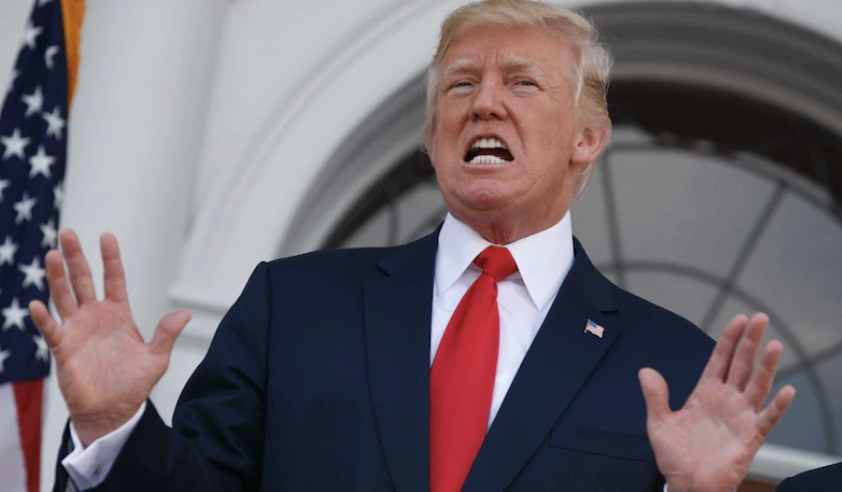Table of contents
Donald Trump’s recent tariffs and related immigration policies have brought major changes to the H-1B visa program. Most notably introducing a new $100,000 annual fee for new H-1B visa applicants effective September 21, 2025. This steep hike in visa costs is expected to have wide-ranging effects. It will affect on foreign workers, especially those in tech-centric sectors, and the global business ecosystem. These sectors relies on skilled immigrant labor.
What Has Changed for H-1B Visas
- President Trump issued an executive order imposing a $100,000 fee per year on new H-1B applications, a dramatic increase from the previous $1,500–$2,000 range.
- The fee applies only to new applicants, not to renewals or current visa holders, and is set to take effect for applications submitted after September 21, 2025.
- The policy is officially tied to Trump’s broader agenda of prioritizing American jobs and industries—framed as a response to the perceived misuse or overuse of H-1B visas by companies for outsourcing and wage suppression.
Impacts on Foreign Workers and Businesses
- The immediate impact has been panic and disruption among visa holders and their employers, with major tech firms (Amazon, Microsoft, JP Morgan, etc.) instructing H-1B employees to avoid travel or hurry back to the U.S. ahead of the deadline out of caution.
- Indian nationals, who make up over 70% of H-1B visas, are disproportionately affected, with the Indian government warning of humanitarian consequences and family disruptions resulting from the fee hike.
- Some U.S. companies and industry groups say the measure could harm America’s technology and innovation sector by making it too costly to access global talent needed for competitiveness and economic growth.
- Smaller businesses and startups are expected to be hit hardest, likely priced out of the H-1B program entirely, thereby limiting their global recruitment options.
Tariffs Context and Broader Trade Tensions
- The new fee coincides with ongoing trade disputes and high tariffs imposed by the Trump administration, especially on India following its purchase of Russian oil.
- The U.S. and India had already been in tense trade discussions, with the visa fee adding another source of friction likely to impact travel, business operations, and international relations.
Exceptions, Clarifications, and Future Outlook
- The White House clarified that the $100,000 fee would not apply to renewals or existing H-1B visas, nor to temporary travel for existing visa holders.
- The directive allows for certain case-by-case exemptions, but details are unclear, and companies remain cautious.
- There is also a new “gold card” or expedited visa track proposed for those willing to pay $1–2 million, potentially creating new types of immigration incentives for elites and large firms.
Summary Table: Key Impacts
These changes represent the most dramatic overhaul of H-1B policy in years and come alongside broader tariff battles, signaling a potentially long-term reworking of skilled labor mobility into the U.S. and its global tech leadership



Leave a Reply